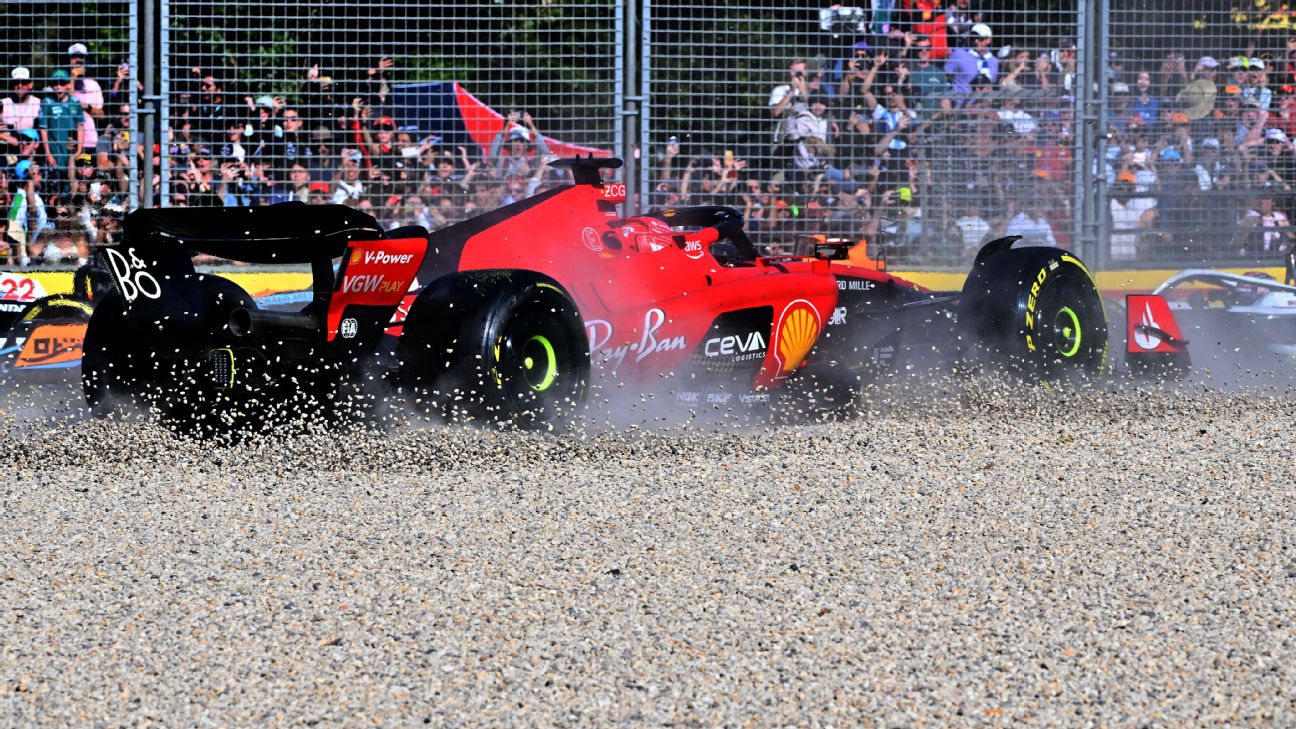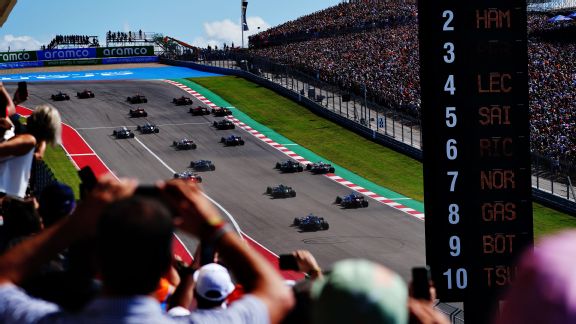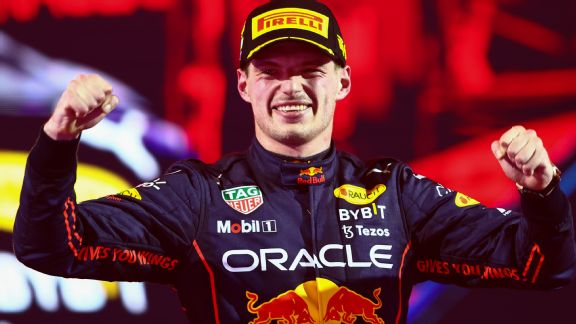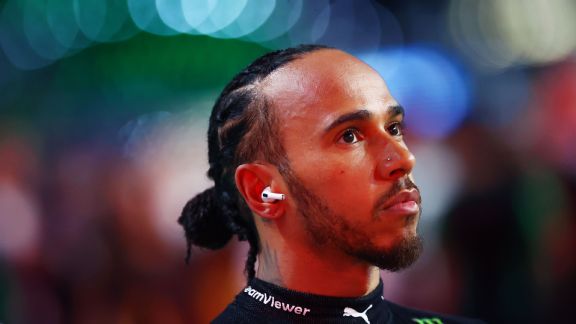There's more to Formula One than just being the fastest driver. Every race is a showcase of F1's technical side and the rules that dictate Grand Prix racing. This can be intricate and difficult to understand. Maybe you're new to the sport and have questions about what happens on race day. How does the drag reduction system work, and why does it help overtaking? What do the different flags mean? What's the difference between a safety car and a virtual safety car? We've created this handy visual guide to explain everything you need to know for an F1 weekend.
Eight-time race winner Daniel Ricciardo explains how DRS works and how a driver incorporates it into a Formula One race.










